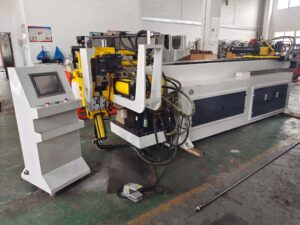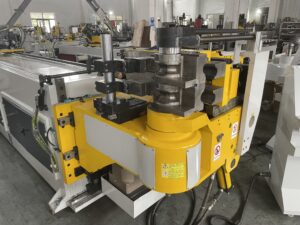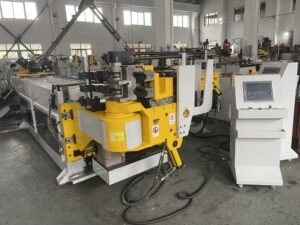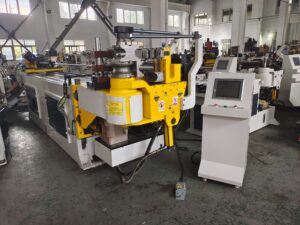Expert Tips for Using a Copper Tube Bender: A Comprehensive Guide
Copper tube benders are essential tools for HVAC technicians, plumbers, and DIY enthusiasts working with piping systems. A copper tube bender ensures smooth, kink-free bends, maintaining the integrity of the tubing while achieving precise angles. However, using one efficiently requires proper technique and knowledge. In this guide, we’ll explore essential tips for using a copper tube bender, best practices, common mistakes to avoid, and a real-world application case study.
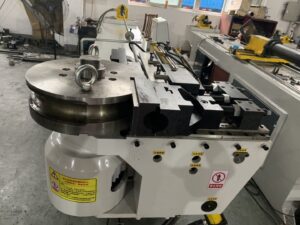
1. Choosing the Right Copper Tube Bender
Before even making your first bend, selecting the right copper tube bender is crucial. Several types of benders are available, each suited for different applications:
Manual vs. Hydraulic Tube Benders
- Manual benders: Ideal for small-scale projects and low-volume bending. Compact, portable, and budget-friendly.
- Hydraulic benders: Best for heavy-duty bending in industrial settings, delivering consistent, high-precision bends with less effort.
Bending Die Compatibility
Ensure the bender’s die matches the copper tube size (e.g., 1/2″, 3/4″, or 1″). Using an incorrect die can cause deformation or collapse.
Material Considerations
- Soft copper (annealed) bends easier but may be prone to collapsing without support.
- Hard copper requires stronger force but holds shape better.
2. Preparing the Copper Tube for Bending
Measure Twice, Bend Once
- Mark the bend points clearly with a permanent marker.
- Account for springback (the slight unbending effect after releasing pressure from the tool).
Annealing (Softening) the Copper
For hard copper, annealing helps:
- Heat the tube evenly with a torch (avoid overheating).
- Let it cool naturally—quenching may re-harden it.
Proper Lubrication
Use tube bending lubricant to reduce friction, preventing scratches and ensuring smoother bends.
3. Best Techniques for Flawless Bends
The Right Grip & Pressure
- Hold the bender firmly but avoid excessive force, which can warp the tube.
- Bend in slow, controlled motions—rushing increases the risk of kinks.
Avoid Over-Bending
- Most benders have degree markings. Stop at slightly less than the desired angle (e.g., 85° for a 90° bend).
Supporting the Tube
If bending near a joint or fitting, use a supporting block to prevent deformation.
4. Common Mistakes & How to Avoid Them
Kinking & Collapsing
- Cause: Excessive force or incorrect die size.
- Fix: Use an insert (mandrel) for reinforcement.
Wrinkles on the Inner Bend
- Cause: Overworking the tube.
- Fix: Apply even pressure and check die alignment.
Off-Center Bends
- Cause: Uneven gripping.
- Fix: Ensure both ends are secured before bending.
5. Case Study: Copper Tube Bending in HVAC Installation
Project Overview: A commercial HVAC installer needed to bend ¾-inch copper tubing around tight corners for a rooftop unit.
Challenges:
- Multiple 90° bends required within a confined space.
- Risk of tube collapse due to thin-wall construction.
Solution:
- Used a manual copper tube bender with the correct die.
- Annealed the tubing for flexibility.
- Applied lubricant and bent incrementally, checking alignment after each step.
Result: Smooth, kink-free bends with no leaks in the final installation, saving hours of labor compared to elbow fittings.
Invest in quality equipment, work methodically, and always prioritize precision for flawless bends every time.
Would you like additional insights on advanced tube bending methods? Let us know in the comments!
